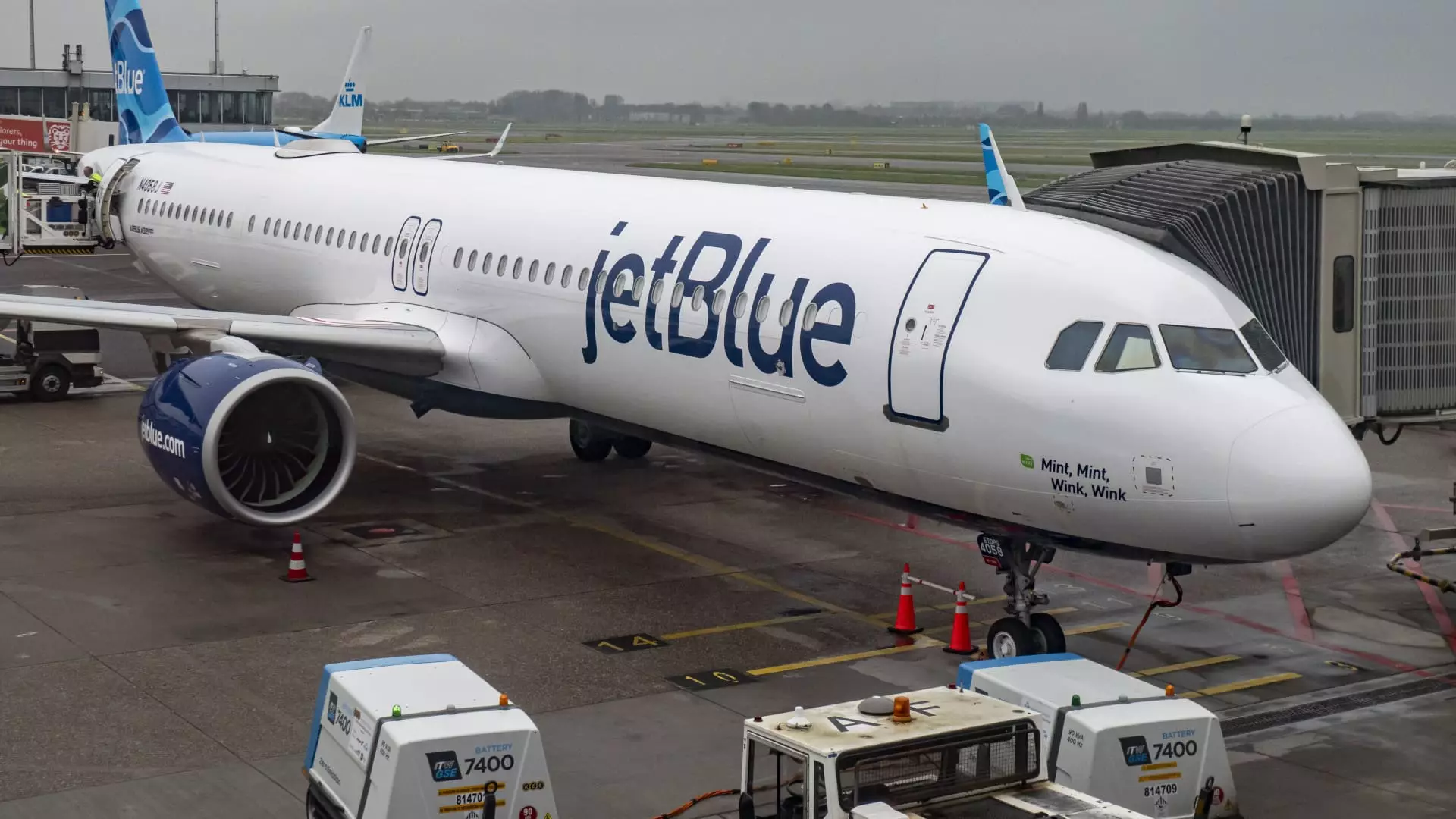JetBlue Airways has taken decisive steps to reconfigure its flight operations in a bid to boost profitability and streamline costs. In a recent communication with its staff, the airline announced that it would be cutting several less profitable routes and reallocating aircraft fitted with its premium Mint business class seats. This decision underscores JetBlue’s commitment to navigating a competitive airline market, particularly in regions where legacy carriers have a strong hold, such as Miami.
The reductions include the suspension of various routes from Fort Lauderdale to Jacksonville, alongside cuts on flights from JFK International Airport to Austin, Houston, Miami, and Milwaukee. Moreover, service to San Jose, California, is also set to be discontinued. These adjustments prompted JetBlue to address operational staffing challenges, especially in Miami, where the airline has struggled to maintain profitability in the face of competition from larger carriers like American Airlines and Delta. In a memo, Dave Jehn, JetBlue’s vice president of network planning, highlighted the need for the carrier to adapt its workforce to the evolving service landscape.
The adjustments reflect the broader market dynamics that have emerged in post-pandemic air travel. As customers shift their preferences and travel patterns evolve, JetBlue’s strategy seems to be focused on recognizing underperformance and acting swiftly. Despite Miami being a viable market, JetBlue has experienced challenges there because of the saturated environment dominated by established airlines. It signals a thoughtful reevaluation of where to channel resources effectively.
JetBlue plans to maintain service from Boston to Miami, which indicates a strategic pivot rather than a complete withdrawal from the region. This kind of flexibility is essential in the airline industry, where consumer behavior can be unpredictable. The recognition of Miami’s overstaffing is particularly telling—JetBlue is making efforts to ensure that any workforce reductions or redeployments are handled with care, offering employees potential options in other markets.
Looking forward, JetBlue hints at the possibility of expanding its services to Europe, with announcements expected soon. Yet, on the flip side, the airline will be trimming its routes to Paris and London. Such mixed signals suggest that while JetBlue is eager to seize new opportunities, it equally remains cautious of overextending itself in light of a precarious financial landscape impacted by the grounding of Pratt & Whitney engines.
It’s also worth noting JetBlue’s proactive communication about providing affected customers with alternatives or refunds, highlighting an understanding of the customer-centric approach essential to maintaining loyalty. This response reflects the airline’s need to bolster its reputation during a time of significant transition.
JetBlue’s latest operational changes are indicative of a larger strategy to reclaim stability and enhance profitability amidst a landscape marked by increased competition and shifting consumer preferences. By focusing on eliminating underperforming routes and enhancing service in high-demand markets, JetBlue demonstrates an agility essential for survival in today’s fiercely competitive airline industry. As the landscape evolves, the carrier’s actions will be closely observed, both by customers and industry analysts alike.


Leave a Reply